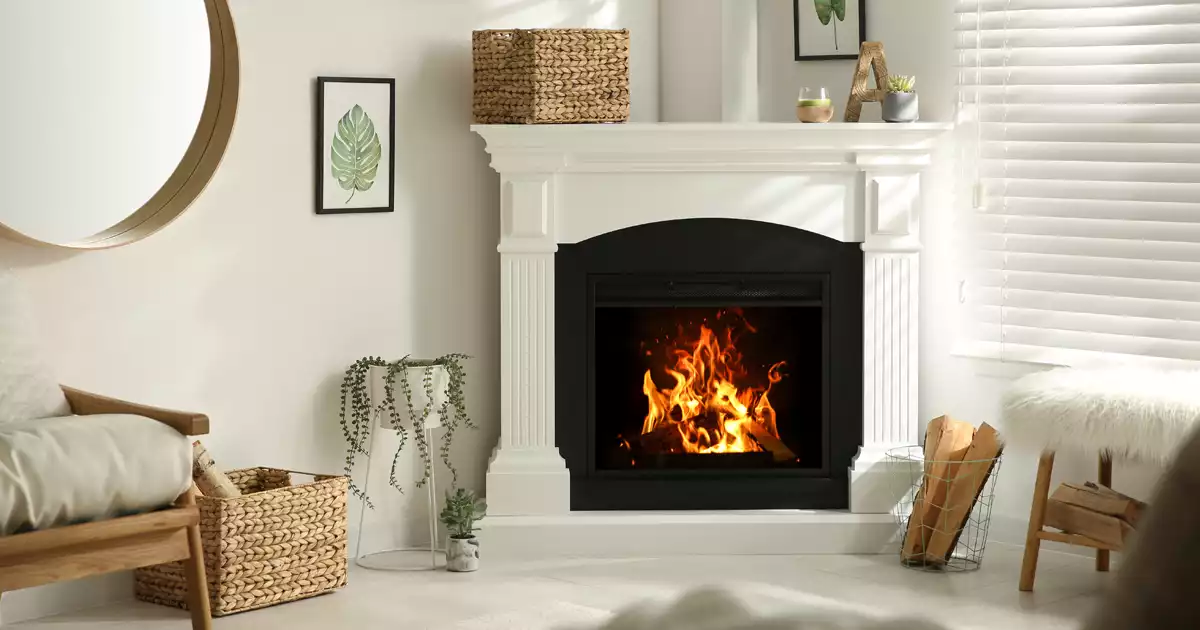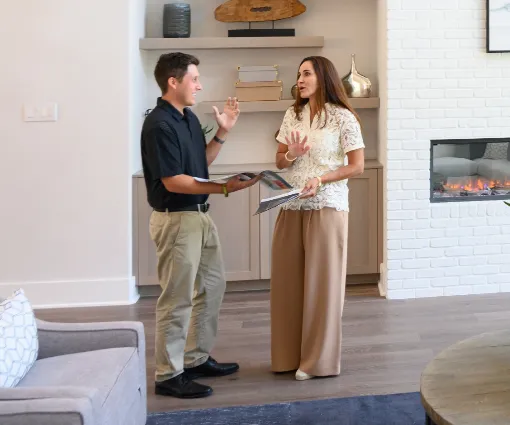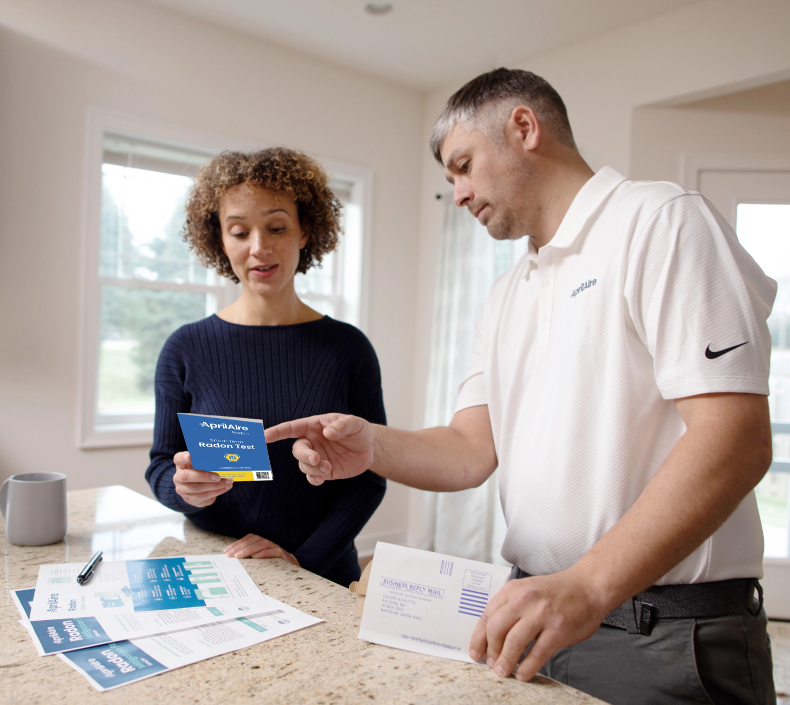Have a Gas Fireplace Indoors? You Need These Gas Fireplace Safety Tips!
2 minute read
There’s nothing like enjoying a warm, cozy fire on a cold winter’s day. But to keep your home comfortable all winter long, it’s important to consider how your gas fireplace might affect your home’s Indoor Air Quality.
With a gas fireplace indoors, you could release dangerous pollutants into the air, like carbon monoxide, nitrogen dioxide, and other harmful particles. To protect your Indoor Air Quality, we recommend following these gas fireplace safety tips!
8 Gas Fireplace Safety Tips
Use Proper Fuel
Use smaller, dry pieces of wood to ensure a hotter and cleaner burning fire with less smoke. NEVER burn wet, treated, or painted wood when using your gas fireplace indoors.
Prep Appropriately
Before starting a fire, open your gas fireplace doors, pull aside curtains, and place kindling and wood inside. Then, open the damper to prevent smoke-filled rooms.
Cool Your Chimney
Keep glass doors open while using your gas fireplace but close curtains or screens to prevent jumping sparks. Make sure the area around your gas fireplace is clear of anything flammable.
Promote Child Safety
Never leave a gas fireplace unattended when children are in the house. Install a safety screen to minimize any chances of burns if you have small children. Communicate the dangers of gas fireplaces, and heat as early as possible to your children.
Stay Alarmed
Install smoke and carbon monoxide detectors, testing them monthly and changing the batteries at least once a year. Always keep a fire extinguisher on hand and be sure it’s easily accessible from your gas fireplace.
Keep Clean
Clean out your firebox at least once weekly when the gas fireplace is in regular use. Coals can remain hot enough to start a fire for up to three days, so wait at least that long before removing any ashes.
Ash levels should be kept to one inch to act as insulation and allow for the coals to heat faster and retain heat easier. Be sure to close your gas fireplace damper to prevent cold air in the flue from stirring up dust while removing the ashes. Wear a dust mask and open a window to prevent negative air pressure.
The firebox should be kept completely clean when your gas fireplace is not currently in use.
Perform Routine Maintenance
Have a certified chimney sweep inspect and clean your chimney at least once a year. Checking your chimney for animal nests or blockages is important, even if it isn’t due for a cleaning. This can help ensure smoke can escape properly.
It’s essential to clean and inspect your gas fireplace and venting system to protect Indoor Air Quality.
Install an AprilAire Whole-House Air Purifier
Even properly kept gas fireplaces can release harmful emissions into your home. With an AprilAire Whole-House Air Purifier, you can filter and remove damaging particles released from your gas fireplace indoors to help your family breathe easy all winter long.

